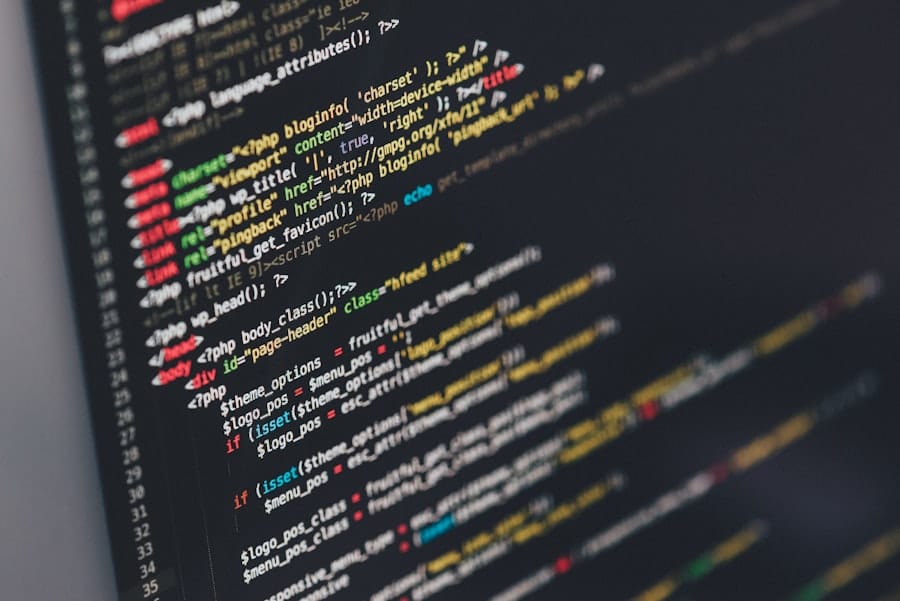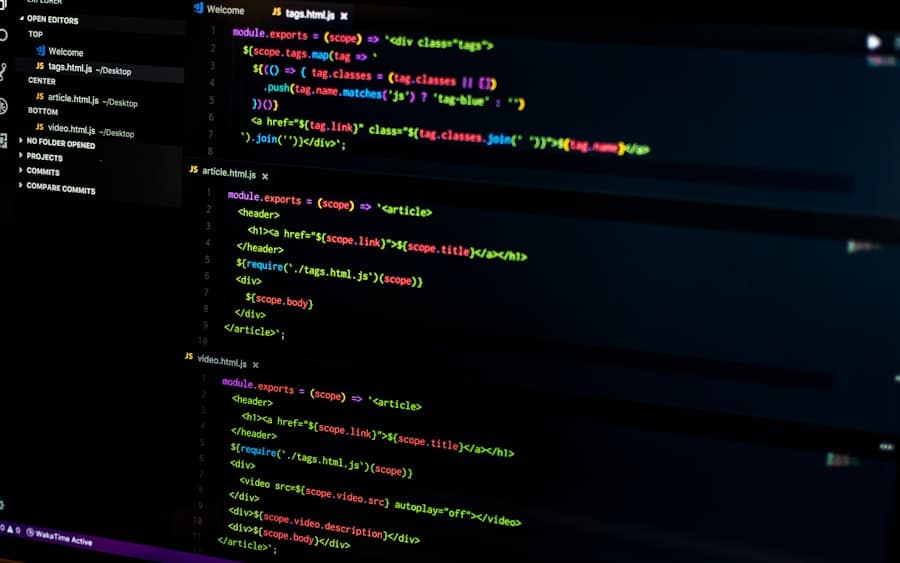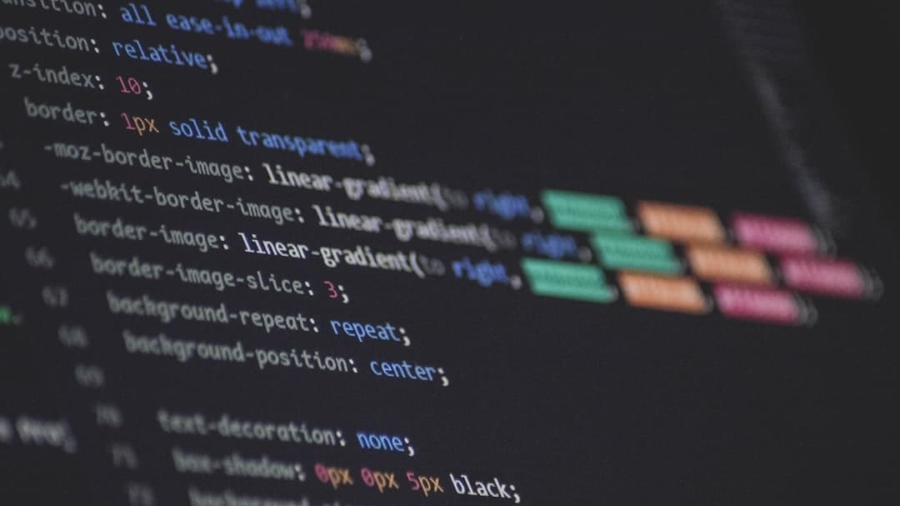In the rapidly evolving landscape of software development, the complexity of applications has surged, leading to an increased demand for efficient debugging processes. Traditional debugging methods, often reliant on manual inspection and trial-and-error approaches, are becoming inadequate in addressing the intricacies of modern software systems. Enter AI-powered software debugging tools, which leverage machine learning algorithms and data analytics to enhance the debugging process.
These tools are designed to automate error detection, provide insights into code behavior, and ultimately streamline the development workflow. AI-powered debugging tools utilize vast amounts of historical data and sophisticated algorithms to identify patterns that may elude human developers. By analyzing codebases, error logs, and user interactions, these tools can predict potential issues before they manifest in production environments.
As software systems continue to grow in complexity, the integration of AI into debugging practices is not just a trend; it is becoming a necessity for maintaining high-quality software.
Key Takeaways
- AI-powered software debugging tools use machine learning and data analysis to automate the process of identifying and fixing software bugs.
- Current challenges in software debugging include the complexity of modern software systems, the time-consuming nature of manual debugging, and the difficulty of reproducing and isolating bugs.
- AI is revolutionizing software debugging by enabling faster bug detection and resolution, improving code quality, and reducing the need for human intervention in the debugging process.
- The benefits of AI-powered software debugging tools include increased productivity, improved software reliability, and the ability to handle large and complex codebases more effectively.
- The future of AI-powered software debugging tools holds promise for even more advanced automation, integration with development workflows, and the potential for proactive bug prevention.
Current Challenges in Software Debugging
Despite advancements in technology, software debugging remains fraught with challenges that can hinder development efficiency. One of the primary issues is the sheer volume of code that developers must sift through to identify bugs. As applications grow in size and complexity, the likelihood of encountering elusive bugs increases.
These bugs can stem from various sources, including integration issues, third-party libraries, and even human error during coding. The time-consuming nature of manual debugging can lead to delays in project timelines and increased costs. Another significant challenge is the lack of context when analyzing errors.
Developers often receive cryptic error messages that provide little insight into the underlying problem. This ambiguity can lead to frustration and wasted effort as developers attempt to decipher the root cause of an issue. Additionally, the rapid pace of software development means that new features are frequently added, which can introduce new bugs or exacerbate existing ones.
The dynamic nature of software environments further complicates debugging efforts, as changes in one part of the system can have unforeseen consequences elsewhere.
How AI is Revolutionizing Software Debugging

AI is fundamentally transforming the way developers approach debugging by introducing automation and predictive capabilities that were previously unattainable. Machine learning algorithms can analyze vast datasets to identify common patterns associated with specific types of bugs. For instance, tools like DeepCode and Snyk utilize AI to scan code repositories for vulnerabilities and suggest fixes based on historical data.
By learning from past errors and their resolutions, these tools can provide developers with actionable insights that significantly reduce the time spent on debugging. Moreover, AI-powered tools can facilitate real-time monitoring of applications in production environments. By continuously analyzing application performance and user interactions, these tools can detect anomalies that may indicate underlying issues.
For example, if an application experiences a sudden spike in error rates or latency, AI algorithms can quickly pinpoint the affected components and suggest potential fixes. This level of responsiveness allows developers to address issues proactively rather than reactively, ultimately leading to more stable and reliable software.
The Benefits of AI-Powered Software Debugging Tools
The integration of AI into software debugging offers numerous benefits that extend beyond mere efficiency gains. One of the most significant advantages is the reduction in time spent on identifying and fixing bugs. By automating routine tasks such as code analysis and error detection, developers can focus their efforts on more complex problems that require human intuition and creativity.
This shift not only accelerates the development process but also enhances overall productivity within development teams. Additionally, AI-powered debugging tools contribute to improved code quality. By providing developers with insights into potential vulnerabilities and suggesting best practices, these tools help ensure that code adheres to industry standards and security protocols.
For instance, tools like CodeGuru from Amazon Web Services analyze code for performance improvements and security vulnerabilities, offering recommendations that can lead to more robust applications. As a result, organizations can deliver higher-quality software that meets user expectations while minimizing the risk of post-deployment issues.
The Future of AI-Powered Software Debugging Tools
Looking ahead, the future of AI-powered software debugging tools appears promising as advancements in artificial intelligence continue to unfold. One potential direction is the increased integration of natural language processing (NLP) capabilities into debugging tools. This would enable developers to interact with debugging systems using conversational language, making it easier to query for specific issues or request assistance with complex problems.
Such advancements could democratize access to debugging expertise, allowing less experienced developers to leverage powerful tools without needing extensive technical knowledge. Furthermore, as AI models become more sophisticated, we can expect them to provide even deeper insights into code behavior and performance. Future tools may incorporate predictive analytics that not only identify current bugs but also forecast potential issues based on usage patterns and historical data.
This proactive approach could revolutionize how organizations manage their software lifecycles, shifting from reactive maintenance to a more strategic focus on quality assurance and continuous improvement.
Ethical Considerations and Potential Risks

While the benefits of AI-powered debugging tools are substantial, it is essential to consider the ethical implications and potential risks associated with their use. One concern is the reliance on automated systems for critical decision-making processes. If developers become overly dependent on AI recommendations without fully understanding the underlying logic, they may inadvertently introduce new vulnerabilities or overlook important context-specific factors.
This highlights the need for a balanced approach that combines human expertise with AI capabilities. Another ethical consideration revolves around data privacy and security.
Organizations must ensure that they implement robust data governance practices to protect against unauthorized access or misuse of data. Additionally, transparency in how AI algorithms make decisions is crucial for building trust among developers and stakeholders alike.
Adoption and Implementation of AI-Powered Software Debugging Tools
The adoption of AI-powered software debugging tools is gaining momentum across various industries as organizations recognize their potential to enhance development processes. However, successful implementation requires careful planning and consideration of several factors. First and foremost, organizations must assess their existing workflows and identify areas where AI tools can provide the most value.
This may involve conducting pilot projects or proof-of-concept initiatives to evaluate the effectiveness of specific tools in real-world scenarios. Training and upskilling developers is another critical aspect of successful adoption. As AI tools become more integrated into development environments, it is essential for teams to understand how to leverage these technologies effectively.
Organizations should invest in training programs that equip developers with the skills needed to interpret AI-generated insights and make informed decisions based on those recommendations. Additionally, fostering a culture of collaboration between human developers and AI systems will be vital for maximizing the benefits of these tools.
Conclusion and Recommendations for the Future
As we navigate the complexities of modern software development, AI-powered debugging tools stand out as a transformative force capable of reshaping how we approach error detection and resolution. The challenges inherent in traditional debugging methods underscore the need for innovative solutions that leverage advanced technologies like artificial intelligence. By embracing these tools, organizations can enhance their development processes, improve code quality, and ultimately deliver better software products.
Looking forward, it is crucial for organizations to remain vigilant about ethical considerations while adopting AI technologies. Striking a balance between automation and human oversight will be essential for ensuring that AI-powered debugging tools serve as valuable allies rather than replacements for human expertise. As we continue to explore the potential of AI in software development, fostering collaboration between developers and intelligent systems will pave the way for a more efficient and effective future in software debugging practices.
If you are interested in exploring the latest technology trends for students, you may want to check out The Best Tablets for Students in 2023. This article provides insights into the top tablets that can enhance the learning experience for students. Additionally, if you are looking to delve into the world of video editing, you can read How to Choose Laptop for Video Editing for valuable tips and recommendations. Lastly, if you are curious about the differences between graphic tablets and drawing tablets, What is the Difference Between a Graphic Tablet and a Drawing Tablet offers a comprehensive comparison to help you make an informed decision.
FAQs
What is AI-powered software debugging?
AI-powered software debugging refers to the use of artificial intelligence and machine learning techniques to automate the process of identifying and fixing software bugs and errors. These tools use algorithms to analyze code, detect patterns, and suggest potential solutions to developers.
How do AI-powered debugging tools work?
AI-powered debugging tools work by analyzing code, identifying patterns and anomalies, and using machine learning algorithms to suggest potential fixes for software bugs. These tools can also learn from past debugging experiences to improve their accuracy and efficiency over time.
What are the benefits of using AI-powered debugging tools?
Some of the benefits of using AI-powered debugging tools include faster bug detection and resolution, improved code quality, reduced manual effort for developers, and the ability to handle complex and large codebases more effectively. These tools can also help developers identify and fix bugs that may be difficult to detect using traditional debugging methods.
Are there any limitations to AI-powered debugging tools?
While AI-powered debugging tools offer many benefits, they also have limitations. These tools may not be able to handle all types of software bugs, and their effectiveness can depend on the quality and complexity of the code being analyzed. Additionally, AI-powered debugging tools may require a certain level of expertise to use effectively.
What is the future of AI-powered software debugging tools?
The future of AI-powered software debugging tools is promising, with continued advancements in machine learning and AI technology. These tools are expected to become more sophisticated, accurate, and capable of handling a wider range of software bugs. Additionally, AI-powered debugging tools may become more integrated into development workflows, providing real-time bug detection and resolution.

